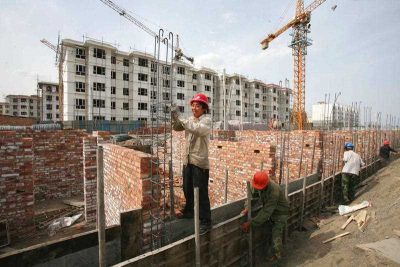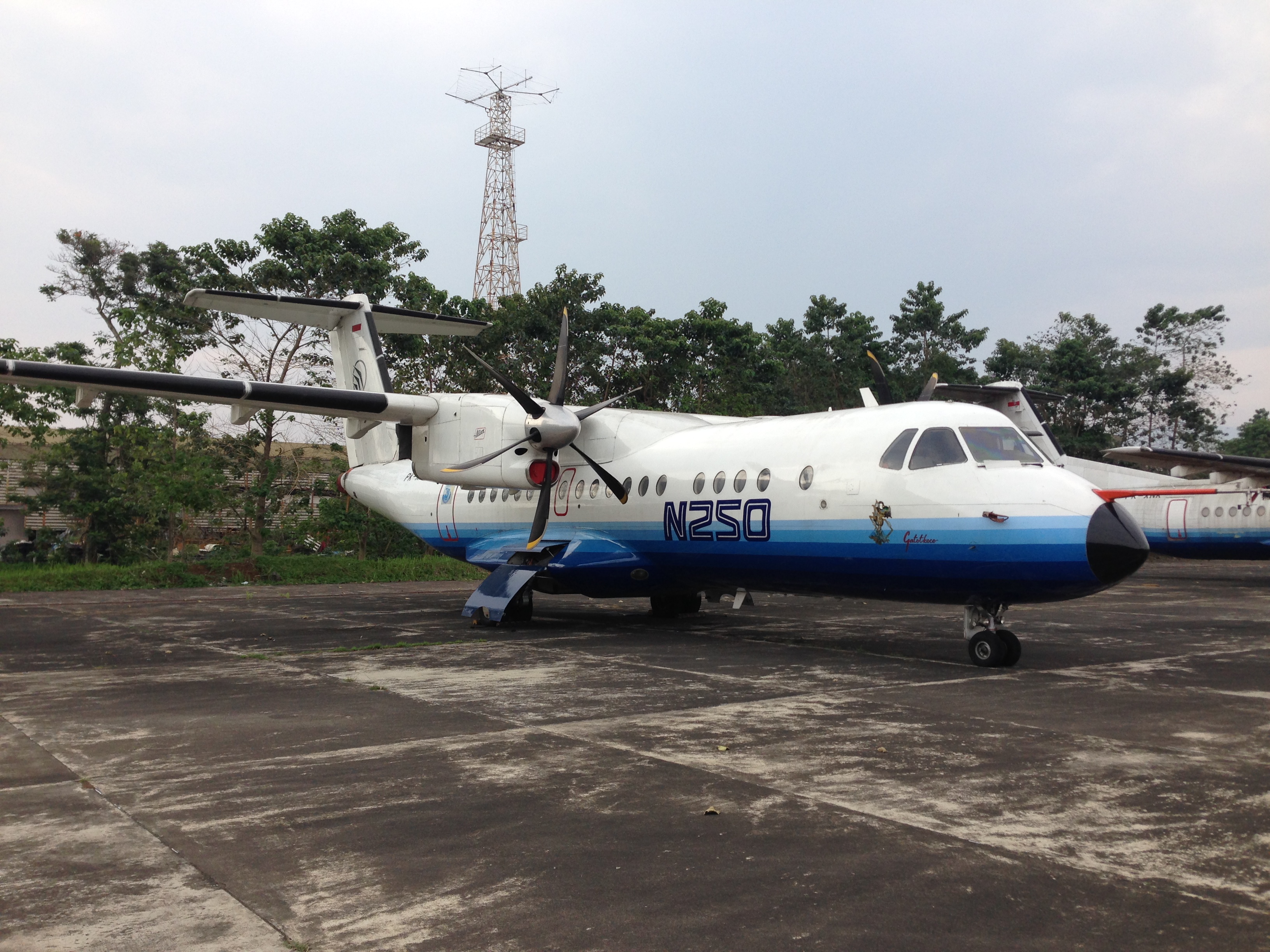Here is a rare thing. A dynamic theory from an economist — whereby the solution to today’s problem may not be the solution to tomorrow’s problem. It’s David Dollar, former World Bank country chief for China talking about the role of institutions in development…
What institutions do Asian countries need to keep growing?
31 May 2015
The notion of a ‘middle-income trap’ has entered the lexicon of policymakers in emerging markets in Asia and elsewhere. Many leaders of countries that have experienced fast growth — such as Chinese Premier Li Keqiang — worry that economic growth will come off the boil as their countries reach middle-income status.

Growth for virtually all advanced economies was slower in the 2000s than in the 1990s; meanwhile growth rates in poor and middle-income countries accelerated. But there is a lot of variation in these broad trends, especially for the middle-income countries. Some of the latter have seen very impressive growth spurts, while others have stagnated.
What explains why some countries grow fast and others languish? There is a strong empirical relationship between the quality of institutions (as measured by the World Governance Indicators’ Rule of Law index) and economic growth. But institutional quality does not change very much from year to year or sometimes even from decade to decade, which makes it hard to explain why countries have periods of high growth followed by low growth (or vice versa).
Institutions which are well-suited to one phase of economic development may be ill-suited to another. One way to resolve the paradox of persistence of institutions and non-persistence of growth rates is to focus on the quality of institutions relative to the level of development. It turns out this can help explain why China and Vietnam, for instance, have seen such high growth in recent times: they have relatively low institutional quality in an absolute sense, but they have above-average quality institutions given their stage of development, which might, for instance, help to attract foreign investment to China or Vietnam rather than other Asian countries with similarly low wage levels but weaker institutions.
Another question is whether authoritarian institutions are better for economic growth than democratic ones. It may depend on the stage of a country’s development. When we look at the historical experience, in countries that have a per capita income below US$8,000, authoritarian institutions seem more conducive to growth. But at higher levels of income, democratic countries are likely to see higher growth than authoritarian ones. Why might this be so?
One explanation might be that at low levels of income, the economic priority of government should be to establish basic law and order and an environment in which private investment, including foreign investment, can operate. This is a catch-up stage, in which innovation is not yet particularly relevant. But the usual economic strategy for authoritarian governments relies on capital accumulation, which becomes less effective as countries get richer. When an economy reaches the point where acquiring more and more capital is no longer sufficient for rapid growth, the need for political and economic institutions that promote competition, innovation and productivity growth becomes paramount.
Interestingly, it is about at the US$8,000 per capita GDP mark that two of East Asia’s great developmental success stories, Taiwan and South Korea, were also becoming free and open polities. By the early 1980s for Taiwan and the mid-1980s for South Korea, a move had been made away from authoritarian institutions, which continued until both reached fully democratic status as measured by Freedom House’s civil liberties metric.
Of the countries that have witnessed rapid growth in Asia recently, Vietnam has shown some steps towards political liberalisation, with its civil liberties score moving to five, which is slightly better than either South Korea or Taiwan at the same stage of development. But Vietnam is entering the stage of development where the line of thinking presented above implies a need for further political reform. Greater freedom will be necessary to strengthen property rights and the rule of law in order to bring about an environment for innovation and productivity growth.
China, on the other hand, has largely eschewed political reform. Although he has placed a lot of emphasis on the idea of implementing the ‘rule of law’ in China, President Xi Jinping has made it abundantly clear that he wants to pursue economic reform without political liberalisation; some observers even point to backsliding in recent years on the question of freedom of ideas and debate. The historical evidence would suggest that this will weigh on the growth of the Chinese economy in the future. At the stage of development at which China now finds itself, South Korea and Taiwan were on the way to becoming more or less free societies.
Of course, just because no authoritarian country (apart from oil producers and, depending on how you classify it, Singapore) has reached more than 35 per cent of US GDP per capita does not mean that it will be impossible for China to do so. But the historical evidence should caution Chinese policymakers against thinking that the kind of political institutions that have facilitated China’s astonishing growth up to now will be sufficient or optimal for the next stage of its development.
David Dollar is Senior Fellow, John L. Thornton China Center, Brookings Institution. He was the former World Bank Country Director for China and Mongolia in the East Asia and Pacific Region.
This article summarises a paper prepared for the Pacific Trade and Development Conference in Singapore this week.









